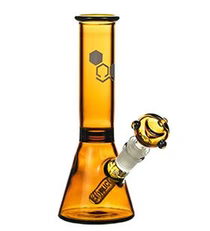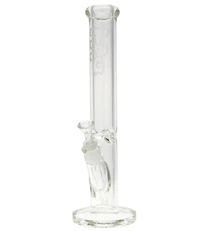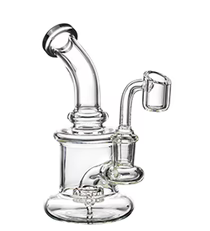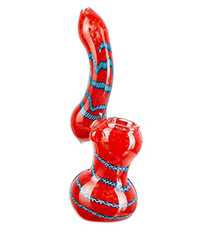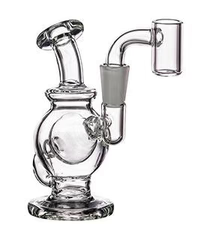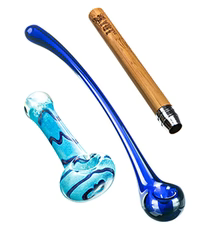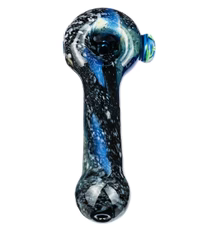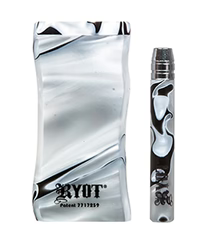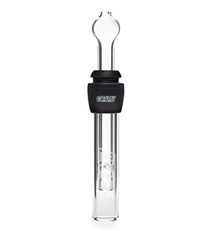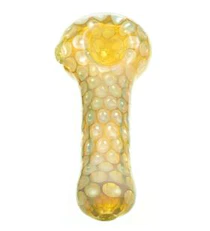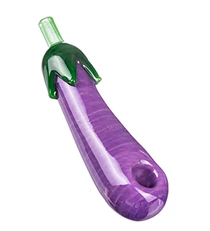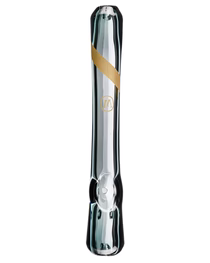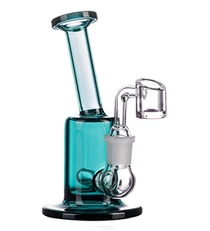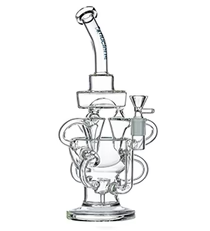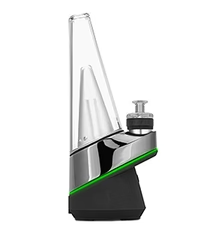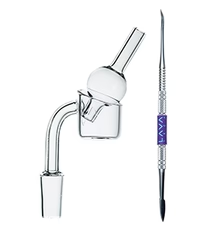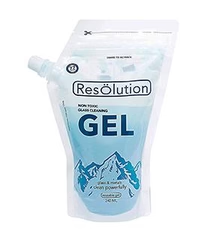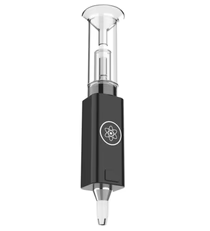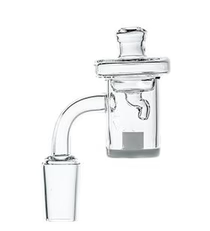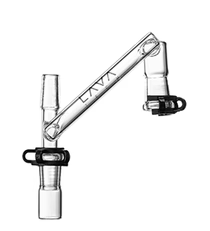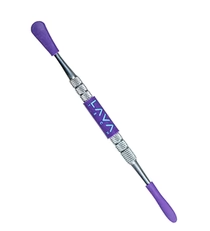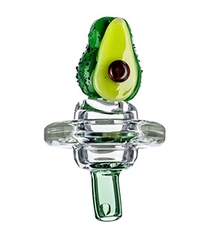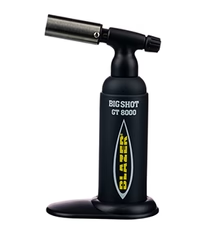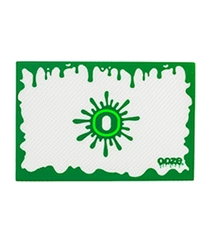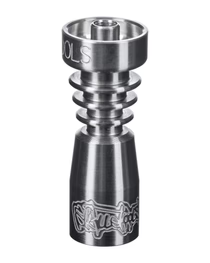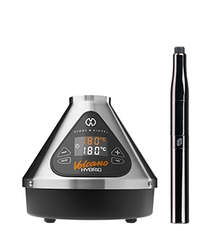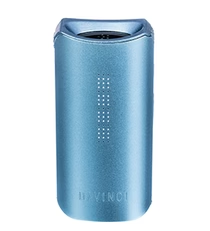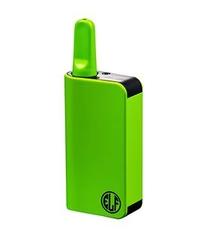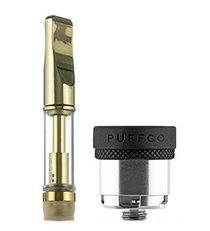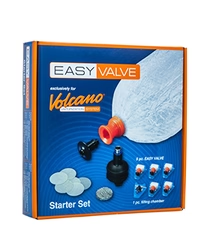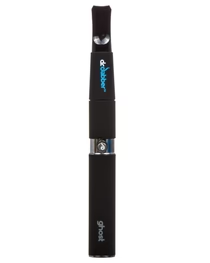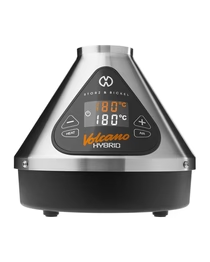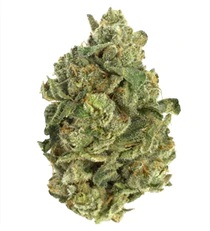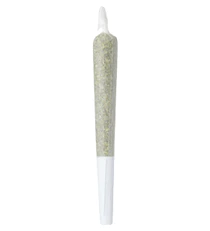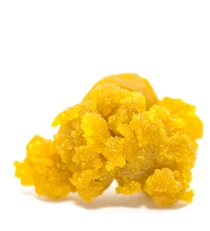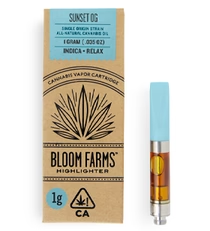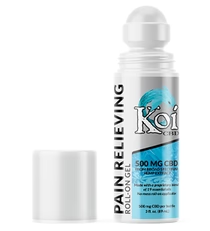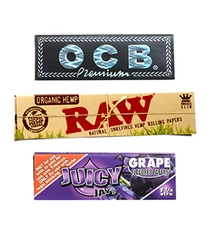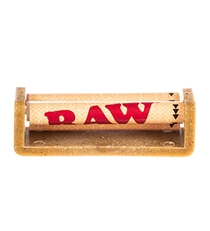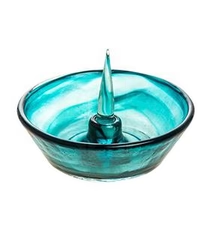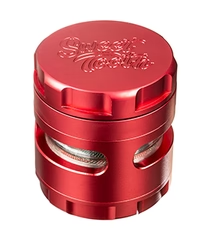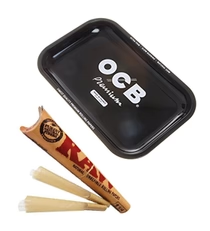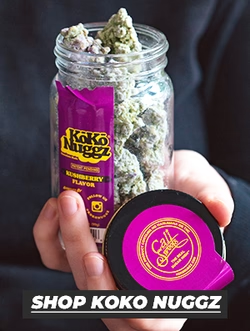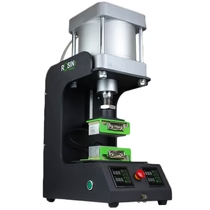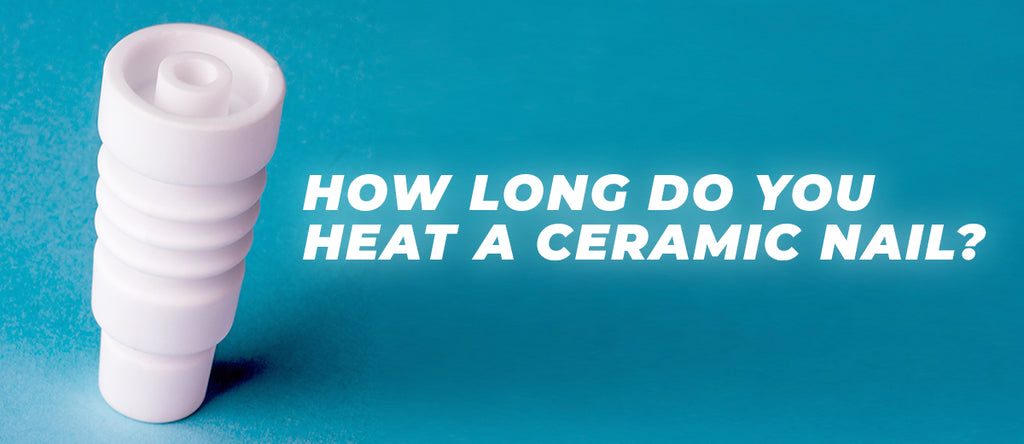Ceramic nails are a common choice for dabbers since their price point is accessible and they tend to retain heat rather well. They’re preferred over titanium and quartz nails because they don’t need “seasoning” and are ready to use at their full capacity right out of the package. They tend to diffuse heat better than titanium, glass, or quartz nails and unlike titanium nails, they won’t oxidize over time. Ceramic nails, like quartz ones, also don’t add any extra flavor to the dab, meaning a cleaner and clearer-tasting experience. Because of how finicky they can appear to be, ceramic nails are commonly seen as being reserved for pro dabbers but that doesn’t mean that they’re impossible to use.
Ceramic Reacts Differently
The nature of the material means that ceramic dabbing nails must be prepared slightly differently than titanium, quartz, or glass ones. While ceramic dab nails take longer to heat than both titanium or quartz, the tradeoff is that they tend to hold heat for longer than either of these two other common nail materials. A material prone to breaking under intense heat stress, such as ceramic, needs a longer heating period which necessitates a steady and even hand on the torch.
Choosing a Type of Torch
How long it takes to heat a ceramic dabbing nail depends at least in part on what kind of torch you’re using. Propane torches, because they burn at a higher temperature and are therefore more powerful, tend to heat up the material faster. Butane torches, though generally more conveniently sized, tend to take longer to bring a ceramic nail to its ideal dabbing temperature.
Timing
The timing also depends on the thickness of the ceramic—while thicker-walled pieces can withstand more heating, they also consequently take longer to get to the right dabbing temperature.
With a big propane torch the ceramic dabbing nail can get hot enough within 45-50 seconds; small butane torches can take up to two minutes to heat up a ceramic nail. Again, when heating a ceramic nail it’s crucial to make sure that you’re moving the torch evenly around the piece to prevent cracking or breakage.
Like with nails made of other materials, low-temperature dabbers often prefer to keep ceramic nail temperatures within the 300-400 degree range. High-temp dabbers can have their nails reach anywhere up to 800 degrees, which can actually cause the concentrate to combust,resulting in smoke, not vapor. Despite the changes in concentrate flavor and compound, the effects of the dab can reportedly be stronger using the higher-temperature method, which is why some people prefer it.
But unlike with a quartz nail, you can’t heat up a ceramic nail by firing a torch at it until it turns red—not just because you’d crack the ceramic, but also because the material doesn’t change color when it’s heated and therefore gives you no visual cue as to when it’s ready to be cooled down. If you’re trying to be precise about the whole thing, consider picking up a laser thermometer gun to point at the piece so you can dial it in at exactly the right temperature you’re going for.
As with any other dab nail, it’s important to let the ceramic cool down long enough after torching it to avoid concentrate combustion. Some people say that the cooldown takes fifteen seconds; other folks take as long as 35 seconds or more. The rule of thumb is that you should be able to lay your hand over (not directly on top of!) the dish of the nail and feel warmth, not discomfort. That means that you’re ready to lower your tool onto the nail and start dabbing.
Getting the right timing when it comes to heating a ceramic dabbing nail is really a matter of trial and error. If you notice that the concentrates are burning, add five seconds or so to your wait time and see if that lessens the harshness. Seeing the concentrates puddle and not really vaporize? Left with a bunch of residue after you dab? Lessen your wait time by about two seconds. While this might seem like a great deal of information and some trial and error will be had, we have comprehensive guides to help you find the perfect dab sesh.
Invest In a Carb Cap
Carb caps are common with ceramic dabbing nails, especially for people who are doing low-temperature dabs. Like covering a carb on a bowl, carb caps let the piece fill with vapor by restricting airflow through the rig. And, of course, if you use a carb cap it’s also going to change the way that your rig will handle temperature—something to keep in mind when you’re taking notes on the best way to heat your nail.
Taking the time to find the perfect temperature for your ceramic nail is a crucial part of the ceramic dabbing experience, and with a little bit of knowledge and a steady hand it’s possible to quickly become a master of using these types of pieces. Want to compare your other options? Use our handy dab nail buyer’s guide!

